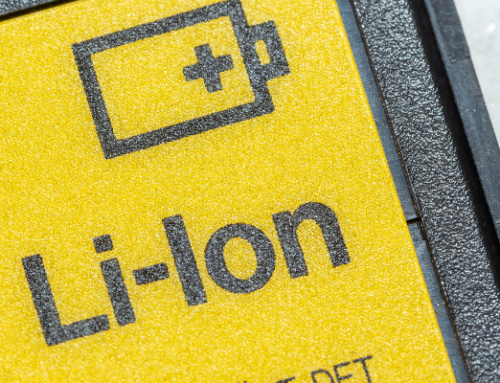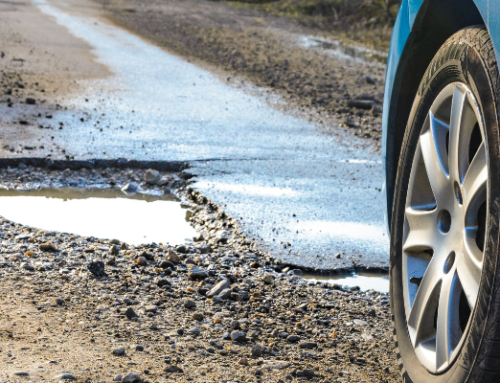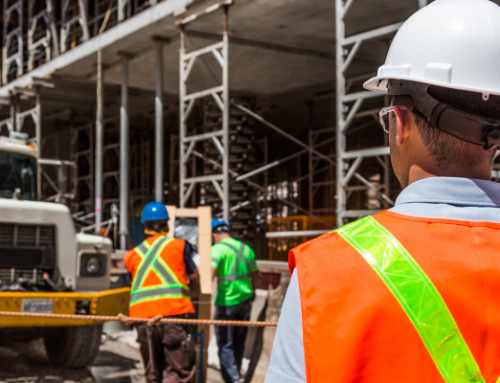Hot work is an integral part of many construction or maintenance projects, and with it comes multiple hazards that need to be managed, so it’s important to be fully aware of the risks and your obligations.
What is hot work?
Hot work is one of the few occasions in which heat, sparks or naked flames are intentionally introduced into the workplace, making it a high-risk activity that needs to be managed and controlled effectively. Common hot work activities include anything that uses:
- Gas and electric welding and cutting equipment
- Blow lamps and blow torches
- Electric or gas hot air guns, heaters or blowers
- Bitumen and tar boilers
- Angle grinders and grinding wheels
- Brazing and soldering equipment
- Drills
- Any other equipment that can produce a spark, frictional heat or flame
What are the associated risks?
The use of hot work in any capacity always carries hazards. This includes sparks, excessive heat, conduction, flammable gases and swarf. Working with any kind of ignition, greatly increases the risk of fire and therefore injury, death and damage to property. Hot work activities may ignite adjacent or unseen material, heat may be conducted away from the working area by metal components and sparks, or hot metal may travel a long distance, while retaining the potential to ignite combustible materials. Many losses and injuries associated with hot work occur as a result of poor planning, risk assessments, or supervision. That’s why it’s so important for you and your staff to fully understand what hot works are and the hazards they impose on the working environment.
What procedures and controls do businesses need in place?
Whilst hot work should be considered a last resort and only authorised where a safer method is unavailable, the good news is that the risks of hot work can be greatly reduced if the correct assessment procedures and controls are in place. This would include:
- Formal procedures – which apply to employees as well as contractors.
- The hot work permit – it’s essential that people who are nominated to authorise hot work have experience or training in the associated hazards. The hot work permit should be completed and issued based on method statements and fire risk assessment for the works, as well as a physical inspection of the work equipment and the area, immediately prior to the work commencing.
- Briefing and training – everyone who is required to sign or abide by the conditions of a permit must receive an appropriate briefing or training.
- Spot checks and audits – including completed permits, training records and public liability insurances.
- Managing contractors – checking the competency wherever contractors or sub-contractors are used.
The importance of the risk assessment
Before undertaking any kind of hot work, you should be aware of the importance of a robust risk assessment. When reviewing the proposed works, the fire risk assessment should reveal issues that could lead to injury, or the likelihood of damage to equipment or property, should a fire occur. It’s important to think about, should a fire occur, where the fire could spread to, whether there are combustible materials or construction nearby and who else on the premises needs to be notified. For more details on how to implement your risk assessment, including information on how to review the works, investigate the work area, and deciding whether it’s safe to proceed, or information about hot work permits, read Aviva’s ‘Hot Work Operations’ Loss Prevention Standard to find out more.
The criticality of the fire watch
You should be familiar with the hot work hazards to know when things don’t look quite right. Having someone on hand to oversee the hot works is therefore essential. The person completing the fire watch, must have the confidence and authority to stop work if unsafe conditions develop, be familiar with the fire alarm locations and emergency notification procedures. They should be trained in the use of fire extinguishers or hose reels which are available. If the area of work is large, multi-levelled or congested, additional fire watchers may be needed. The fire watch doesn’t finish when the hot work ceases, it should be continuous for at least an hour after and subject to intermittent checks thereafter for a period determined by the risk assessment (a minimum of one hour, but in many cases can be much longer).
Thermographic cameras
Thermographic cameras are a great tool that can be used to manage risk and identify any particular areas of concern. Implementing them as part of your hot work controls is a very effective way to compare images and ensure the thermographic signatures match pre- and post-work.
For more information, read Aviva’s Commercial Hot Work Guide, or refer to their ‘Hot Work Operations’ Loss Prevention Standard. If you’re on the go, listen to their Hot Work podcast.
We are here to help
If you are concerned about how this affects you and your business and would like support in assessing your needs, we are here to help. Please do get in touch for confidential advice and guidance.
This article was adapted from an article by Aviva which can be found here.





